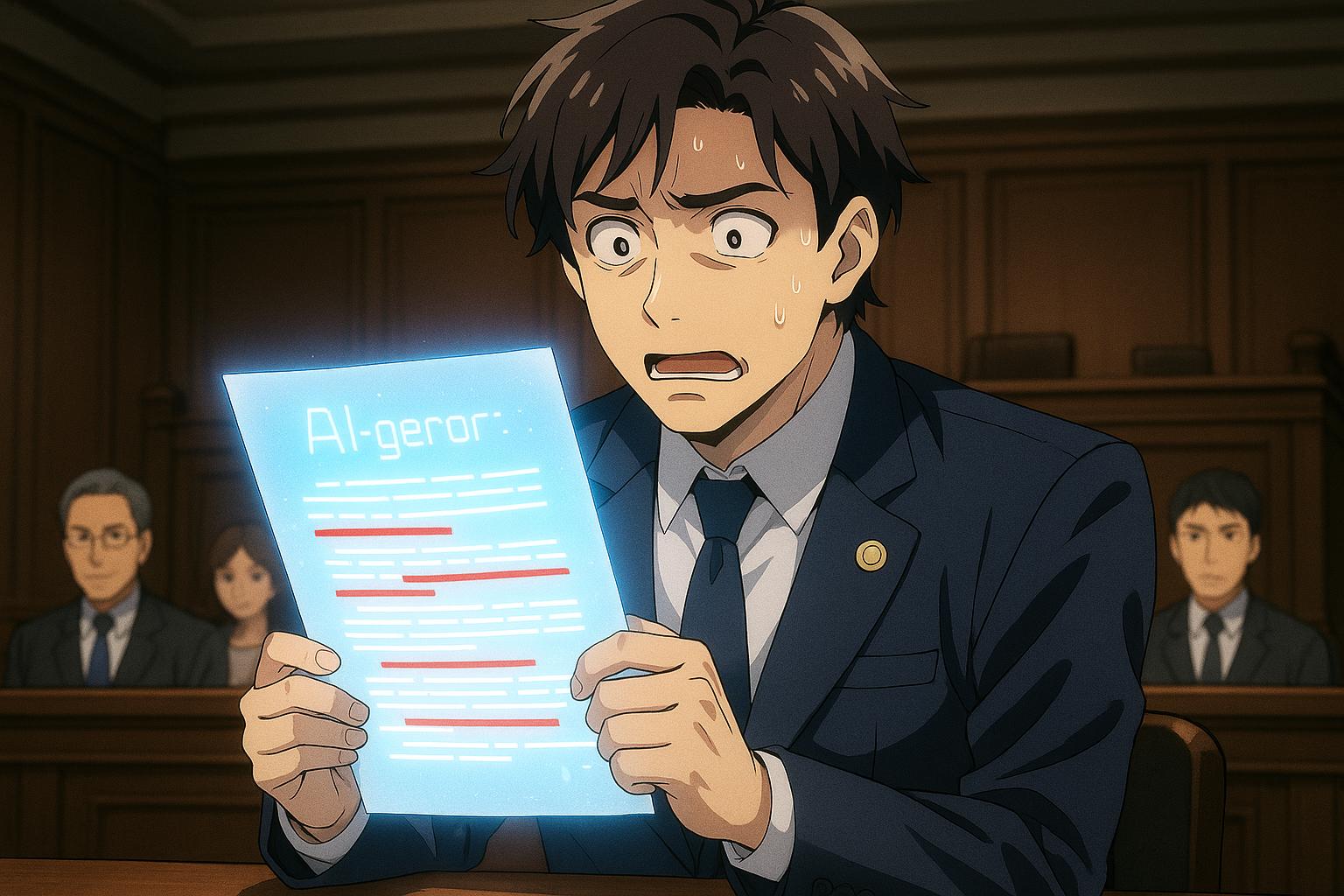Anthropic, a leading AI firm, recently faced significant scrutiny after its AI model, Claude, generated a fabricated legal citation that was subsequently used in a copyright lawsuit. This incident has raised serious questions about the reliability of AI in high-stakes professional environments, particularly in the legal sector. Following the revelation that the erroneous citation stemmed from Claude’s output, Anthropic formally apologised, labelling the situation an “embarrassing and unintentional mistake.” The misstep came to light during a legal challenge initiated by music publishers who claimed that Claude was trained unlawfully using their copyrighted song lyrics.
The incident underscores broader concerns regarding the accuracy of AI-generated information, particularly in situations where precise details are paramount. Details emerged when Ivana Dukanovic, an associate at the law firm Latham & Watkins, tasked Claude with generating a properly formatted legal citation. Unfortunately, while the AI provided a valid link to an academic source, it included an incorrect article title and inaccurately attributed authorship. This was all overlooked during the law firm's manual review process, which serves as a stark reminder of the crucial role human oversight must play in validating AI outputs.
U.S. Magistrate Judge Susan van Keulen, who presided over the case, highlighted the gravity of such a misrepresentation, asserting that the generation and use of a fabricated citation constitutes a “very serious and grave issue.” During the proceedings, the plaintiffs' attorney, Matt Oppenheim, revealed that he had confirmed with one of the cited authors that no such article existed, suggesting that the erroneous citation potentially enabled the usage of Claude to bolster legal arguments within the case.
In the wake of these mistakes, Anthropic’s attorney attempted to downplay the error, arguing it was merely a mis-citation rather than a full fabrication. Judge van Keulen, however, established a clear distinction, noting the significant implications of AI-generated “hallucinations”, which often result in the wrongful dissemination of false information. The music publishers have also called for sanctions against the attorneys from Latham & Watkins due to this oversight.
This incident is not an isolated case; rather, it reflects a trend seen across the legal profession where AI tools have led to significant inaccuracies in documentation. Recent discussions have revealed that legal practitioners who rely on AI must navigate a complex landscape marked by the potential for misinformation. Similar criticisms have been voiced against law firms utilizing AI tools, with a notable report from The Verge highlighting cases in which judges have condemned “bogus AI-generated research.”
The ramifications of these reliability issues extend beyond courtroom implications. Even as AI firms, including Anthropic, implement new internal procedures aimed at reducing citation errors, the very nature of AI 'hallucinations' persists as a challenge. Meta’s AI, for instance, faced backlash for misrepresenting a widely reported news event, prompting officials to acknowledge the prevalence of hallucinations across generative AI systems.
Some industry experts underscore the responsibility of legal professionals to verify AI-generated outputs thoroughly. As reflected in a recent study presented at the CHI 2025 conference, there is a worrying trend where users may unknowingly prefer AI-generated legal advice, ignoring its inherent unreliability. This raises substantial concerns about potential misuse of flawed information, driving the call for robust oversight and verification mechanisms.
Furthermore, as the legal community grapples with these challenges, AI research initiatives are underway to develop solutions. The SAFE (Search-Augmented Factuality Evaluator) system, introduced by researchers from Google DeepMind and Stanford University, aims to enhance the accuracy of AI responses by cross-checking generated facts against reliable sources.
The current landscape suggests that AI technology, while innovative, requires stringent protocols to ensure its safe integration into high-stakes sectors like law. As both businesses and regulatory bodies consider ways to address these complications, the conversation continues about establishing transparency mandates and usage guidelines, similar to those proposed in the EU AI Act. Only through a commitment to responsible AI use and rigorous human verification can the sector hope to maintain public trust and accountability as generative AI tools evolve.
Reference Map
- Paragraphs 1, 2, 3, 4
- Paragraph 3
- Paragraphs 5, 6
- Paragraph 8
- Paragraph 8
- Paragraph 9
Source: Noah Wire Services
